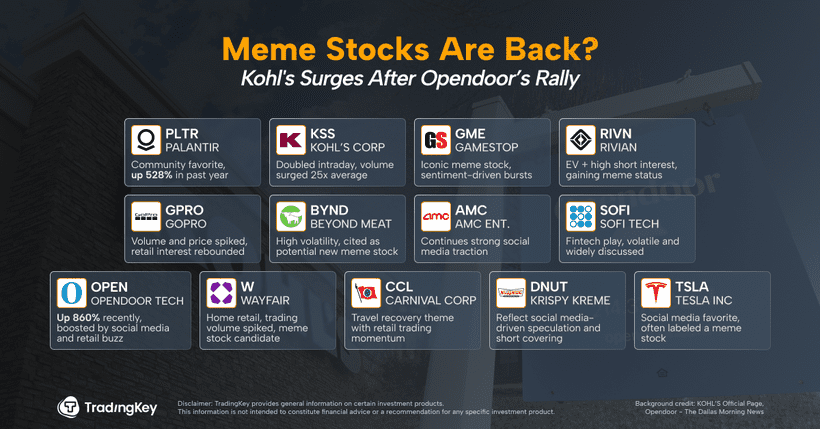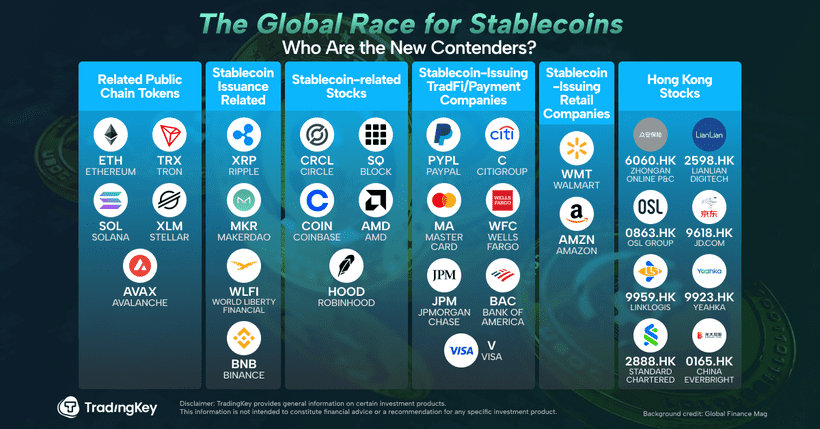COLUMN-Mainland China capital surge fuelling Hong Kong investment boom: Raychaudhuri

By Manishi Raychaudhuri
HONG KONG, July 24 (Reuters) - Surging investment into Hong Kong by mainland Chinese investors is increasing market liquidity and depth while strengthening the island’s position as a gateway to China. Short-term headwinds could slow this capital flood, but market innovation and the push for diversification are likely to propel this trend over time.
The Stock Connect programme, launched by the Hong Kong, Shanghai and Shenzhen exchanges in November 2014, enabled mainland Chinese investors to trade selected stocks listed in Hong Kong – the so-called "Southbound Stock Connect" – while also facilitating flows in the opposite direction. The Connect programme was expanded between 2017 and 2023 to include bonds, ETFs and interest rate swaps.
Since 2015, the first full year of the programme’s operation, onshore trades through the Southbound route have grown at an impressive 32% compound annual growth rate. In fact, Southbound’s share of average daily turnover grew from 1.6% in 2015 to 18% in 2024, according to data from the Hong Kong Exchange (HKE).
WHAT EXPLAINS THE EXUBERANCE?
Onshore investors have consistently bought more through Southbound than they have sold, resulting in net inflows every year since the programme began. The flows were healthy but somewhat volatile until 2023, after which they skyrocketed. Net inflows more than doubled in 2024, and that figure has been nearly matched in just the first six months of 2025.
What explains this appetite for Hong Kong-listed stocks? Geographic diversification is clearly a strong motive, as mainland Chinese investors have limited avenues for owning overseas assets.
Investors may also seek to gain exposure to companies in key sectors that are under-represented in domestic markets, such as technology or insurance. For example, leading Chinese internet platforms Tencent and Alibaba, insurance market leader AIA and global bank HSBC are not listed on onshore indices.
However, many of stocks popular among mainland investors are listed both onshore and in Hong Kong, again raising the question of why capital is increasingly flooding into the latter. The answer may simply be price.
Many of these dual-listed stocks trade at far cheaper valuations in Hong Kong than in Shanghai or Shenzhen. The average premium of onshore "A-shares", tracked by the Hang Seng AH Premium Index, was only 3.2% prior to the commencement of the Stock Connect programme.
This figure jumped to 34.1% soon after, as international money flowed into mainland Chinese equities through Northbound Connect, inflating valuations. The premium remains elevated, though it has declined recently.
IMPACT ON HONG KONG
The influx of capital has increased the Hong Kong equity market’s liquidity and depth, making it increasingly attractive for local companies seeking new listings and for onshore Chinese companies seeking additional listings.
Indeed, in the first half of 2025, Hong Kong has been the world’s largest IPO market, with $14 billion of issuance, easily outstripping Nasdaq, which was in second place with just over $9 billion.
At the same time, the Stock Connect programme has also strengthened Hong Kong’s position as an offshore renminbi hub, as the HKE has argued, and driven robust cross-border regulatory cooperation, involving regular meetings and exchange of ideas.
RAPID ROTATION
The flip side of the onshore money avalanche could be increased volatility in Hong Kong markets, especially given that the trading style of mainland Chinese investors has historically been characterised by rapid transition from one sector or theme, to another.
For example, onshore investors flocked to the internet platforms Alibaba and Tencent, and technology giant Xiaomi, throughout 2024 and early 2025, only to sell significant volumes this past May and June.
It is also possible that some common preferences among onshore Chinese investors, such as the attraction to high dividend yields, could begin to affect the relative performance of stocks in Hong Kong. CNOOC, China Construction Bank and China Mobile – all characterised by low growth but high dividends – have remained Southbound favourites this year, based on monthly "Top 10" lists.
SHORT-TERM HEADWINDS
What could derail this exuberance? The potential weakening of the renminbi could be one headwind, as it would make HKD-denominated stocks more expensive for mainlanders.
Additionally, improved performance among mainland markets could also discourage Chinese investors from overseas diversification. In 2025 so far, Hong Kong’s Hang Seng index is up 23.8%, dwarfing the Shanghai Composite’s 5.5% gain. A reversal of return prospects could obviously reverse the direction of flows.
Finally, U.S.-China geopolitical tensions are a perennial bugbear. Hong Kong permits money to be moved in and out of the city without many restrictions, which exposes it to risks from such political conflicts. Any adverse political outcome could make Chinese investors more inclined to keep their capital onshore.
However, most of these potential headwinds are likely short-term phenomena, and ultimately, the long-term direction of travel is clear.
Mainland Chinese savings represent a gigantic pool of still mostly untapped capital. Total deposits at the end of June 2025 were RMB 320 trillion ($44 trillion), according to PBOC reports.
And total overseas portfolio investments in March 2025 were only $1.58 trillion, less than 4% of households’ domestic deposits.
The need for greater diversification among mainland Chinese investors thus remains significant, meaning the surge of capital into Hong Kong markets may just be getting started.
(The views expressed here are those of Manishi Raychaudhuri, the founder and CEO of Emmer Capital Partners Ltd. and the former head of Asia-Pacific Equity Research at BNP Paribas Securities.)
Enjoying this column? Check out Reuters Open Interest (ROI), your essential new source for global financial commentary. ROI delivers thought-provoking, data-driven analysis of everything from swap rates to soybeans. Markets are moving faster than ever. ROI, can help you keep up. Follow ROI on LinkedIn, and X.











